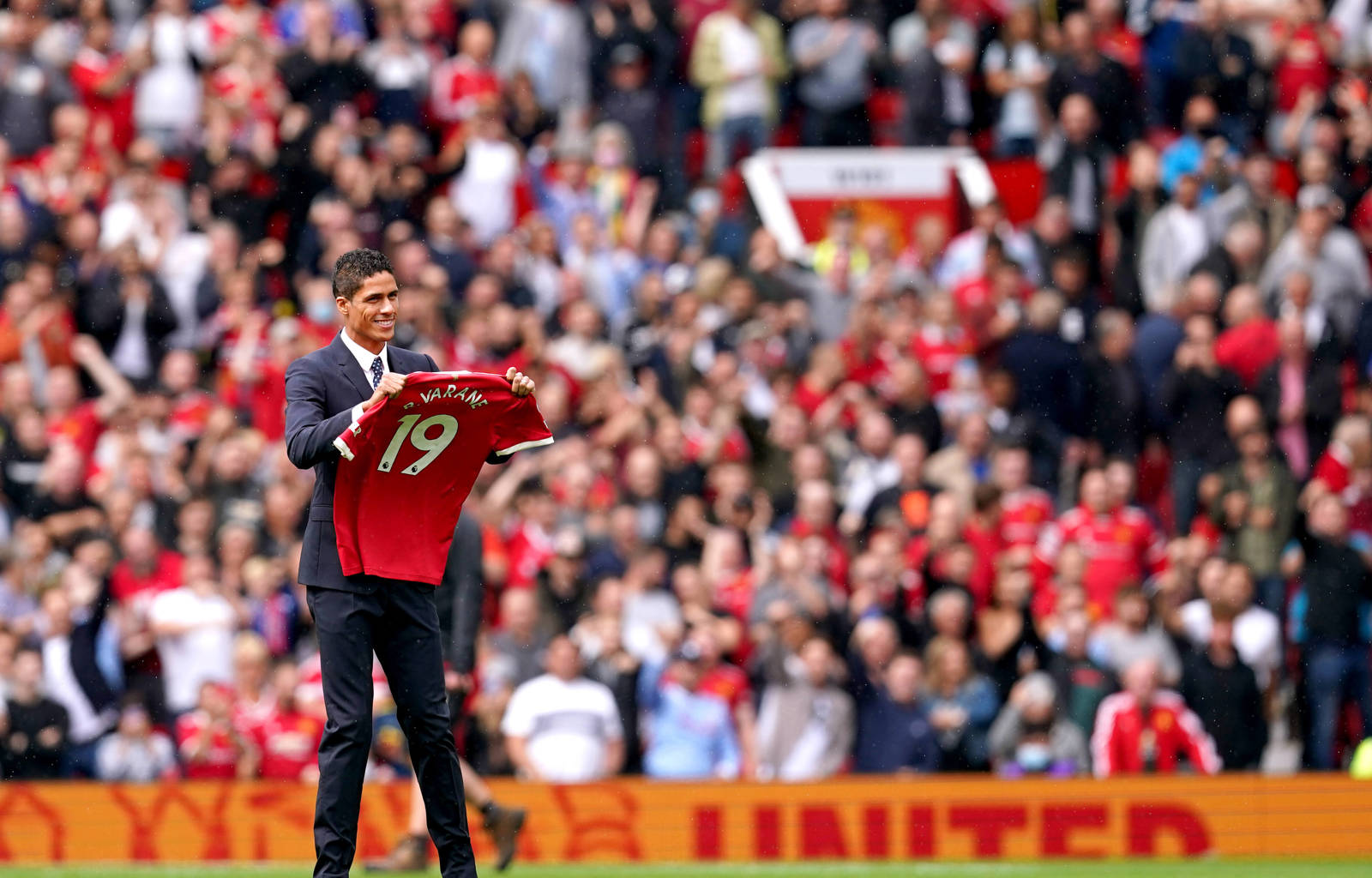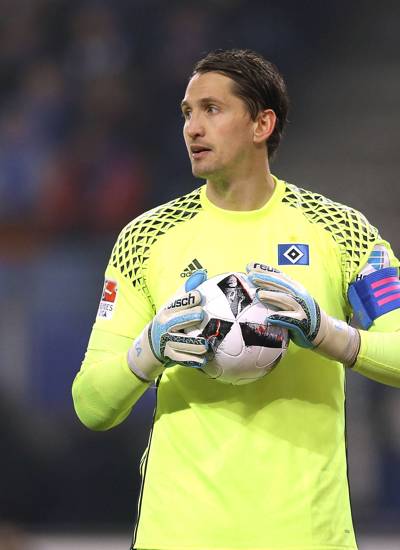
Our guests’ opinions do not necessarily reflect the position of FIFPRO
The transfer system has shaped football’s economy and the lives of its players for decades. How the system functions, what it aims to achieve, and whether it is fair has often been contested.
Today, these questions go to the heart of football’s governance and the future of the sport. But one question has so far received little attention: does the transfer system fulfil the objectives that football regulators set out to achieve? Is it what it claims to be? And more specifically, does it help to reduce the inequality of revenues between clubs that has grown in recent years?

About
Sam Hoey, Thomas Peeters, Francesco Principe
Sam Hoey is a PhD Candidate at the Erasmus School of Economics (Rotterdam). - Thomas Peeters is an associate professor at the department of Applied Economics of the Erasmus School of Economics (ESE). - Francesco Principe is an assistant professor at the University of Padova. All three are members of the Erasmus Centre for Applied Sports Economics (ECASE).
We analysed the accounts of every club that played at least once in the top division of eight national leagues – in England, France, Germany, Italy, the Netherlands, Portugal, Scotland, and Spain – over the five seasons from 2013 to 2018. The transfer dealings of these 202 clubs allowed us to investigate the transfer system as a whole, and whether it was living up to one of its central claims.
Under the current FIFA rules, a player under contract can only move if a rival club or the player himself pays a release clause – a fee that is usually much higher than the value of the rest of the contract. To justify such a restriction on the player’s freedom, the transfer system claims to fulfil a number of sporting and social objectives, not least that it redistributes income from large clubs to small. It’s a form of solidarity, which in turn should help to keep competitions open, unpredictable and interesting. How true are these claims today?
From our analysis, one thing is clear: the transfer system redistributes very little from large clubs to small.
In fact, none of the smallest clubs – those with the least commercial potential in our sample – earned more than a couple of million euros net per year, even as the transfer market grew to a value of €10 billion in 2018. The degree of redistribution is so low that it could not possibly help the smallest clubs to catch up and compete with their larger rivals. In some countries, such as the Netherlands, player transfers even render the distribution of club revenues less equal than it would be without the system in place.
If any clubs are enjoying the benefits of redistribution, they are a small number of ‘middle-income’ teams: Ajax, Bilbao, Lyon, Monaco, and Seville are some of the clubs making significant gains in the transfer market, earning on average €20 million or more per season. Most of these teams appear regularly in the UEFA Champions League; they rank among the top clubs in their domestic league. And this probably helps to explain why so little is redistributed to the smaller clubs: the latter’s players are never on display in Europe’s elite competition, the one where some degree of redistribution is actually taking place.
In short, the transfer system does almost nothing to reduce the large, and in some cases massive, inequalities between clubs.
We might ask whether any one system is capable of both reducing the inequalities between clubs and rewarding them for their investment in young untested talent. Today’s transfer system can only leave us sceptical. The current regime mostly produces ‘nursery’ clubs, who, in return for their gains in the transfer market, agree to forgo any serious competitive challenge to their wealthier rivals. What we see is a trade-off between talent-promotion and competitive balance: progress cannot be made on both fronts at the same time.
What might be the alternatives? Two models suggest very different approaches; both should be part of the debate. The first would introduce normal European labour laws, similar to those governing any high-skill sector. This would give players greater freedom of movement, remove costly transfer fees, and probably lift wages as clubs compete more openly for talent. A common education fund, financed by a levy on all clubs’ revenues, could subsidise academies for young players. This might relieve the first years of training from the pressure to bank quick financial returns.
The second model would adopt features of the North American leagues, where team owners and player unions negotiate collective bargaining agreements. These lay down the labour conditions such as salary caps and the draft – major restrictions on players’ freedoms but which always require their consent. True, European football is rooted in a very different history, with a distinct set of institutions, not least its modern place within the European Union’s single market. Nonetheless, the American leagues offer alternative approaches to competitive balance and the nurturing of talent.
Our research offers no easy answers. Open competitions, inequalities of income, sporting dominance, fair labour laws and the proper nurturing of talent all sit in a complex, dynamic relationship to one another.
Only a proper political debate of competing values can resolve such tensions, and, if the will exists, it’s one that would enliven FIFA’s Task Force on the Transfer System and UEFA’s Convention on the Future of Football, perhaps opening the door to new thinking.
But one conclusion from our work is already clear: by failing to redistribute revenues to smaller clubs, the transfer system is breaking one of its own promises. It is not what it claims to be. And when a system fails to achieve its own basic goals, it needs reform.
The International Journal of Industrial Organization published our paper in 2021. You can read it here.

